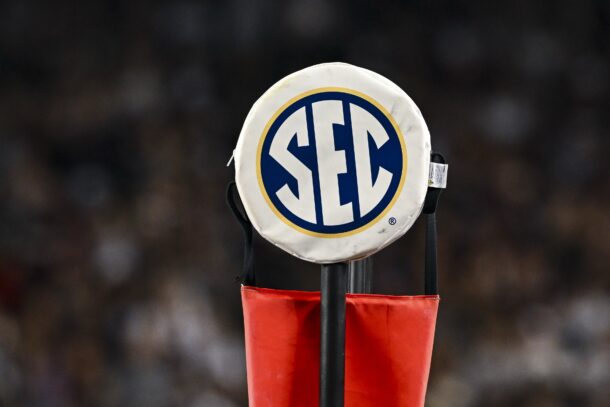It should come as no surprise that college football has become a business. So much so, that several of the SEC’s top football programs raked in considerable amounts of cash during the 2015-16 fiscal year — two of which even churned out nine figures worth of revenue during the cycle.
According to figures provided by the U.S. Department of Education, which were obtained by Penn Live, 10 SEC programs were ranked among the top 21 for revenue during this time. The only real surprise was the fact that Alabama did not come out on top of the league’s rankings.
Here are the revenue figures of the top earners for the SEC during the period:
- No. 2 Tennessee – $107.1 million
- No. 3 Alabama – $103.9 million
- No. 7 Auburn – $92.5 million
- No. 8 Georgia – $87.6 million
- No. 10 LSU – $85.7 million
- No. 11 Florida – $83.8 million
- No. 13 Texas A&M – $73.7 million
- No. 16 Arkansas – $68.9 million
- No. 20 South Carolina – $59.6 million
- No. 21 Ole Miss – $56.8 million
The school which ranked No. 1 on the list was Texas, with a revenue of $127.5 million. Imagine how much profit that school could make if it had a football program capable of beating Kansas on the gridiron.
A graduate of the University of Tennessee, Michael Wayne Bratton oversees the news coverage for Saturday Down South. Michael previously worked for FOX Sports and NFL.com







